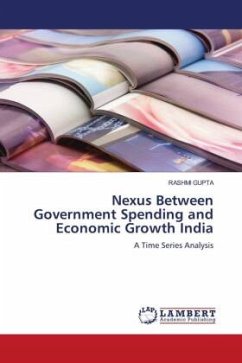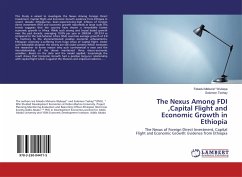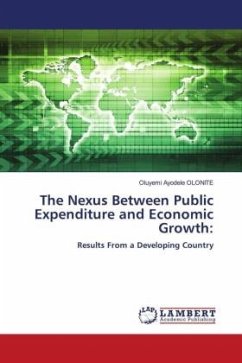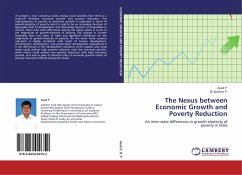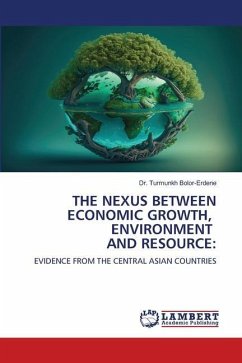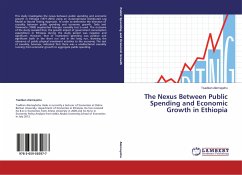
The Nexus Between Public Spending and Economic Growth in Ethiopia
Versandkostenfrei!
Versandfertig in 6-10 Tagen
41,99 €
inkl. MwSt.

PAYBACK Punkte
21 °P sammeln!
This study investigates the nexus between public spending and economic growth in Ethiopia (1971-2010) using an Autoregressive Distributed Lag Model or Bound Testing Approach. In order to determine the direction of causality between public spending and economic growth, Toda and Yamamato (1995) augmented Granger causality test is used. The outcome of the study revealed that, the growth impact of government consumption expenditure in Ethiopia during the study period was negative and significant. However, that of investment spending was positive and significant both in the short run and in the lon...
This study investigates the nexus between public spending and economic growth in Ethiopia (1971-2010) using an Autoregressive Distributed Lag Model or Bound Testing Approach. In order to determine the direction of causality between public spending and economic growth, Toda and Yamamato (1995) augmented Granger causality test is used. The outcome of the study revealed that, the growth impact of government consumption expenditure in Ethiopia during the study period was negative and significant. However, that of investment spending was positive and significant both in the short run and in the long run, showing the relevance of public physical investment activities to the economy. The test of causality, however, indicated that there was a unidirectional causality running from economic growth to aggregate public spending.



